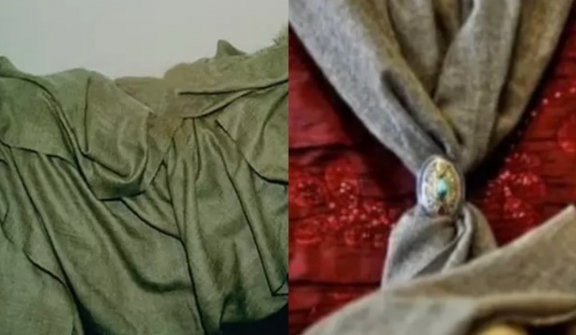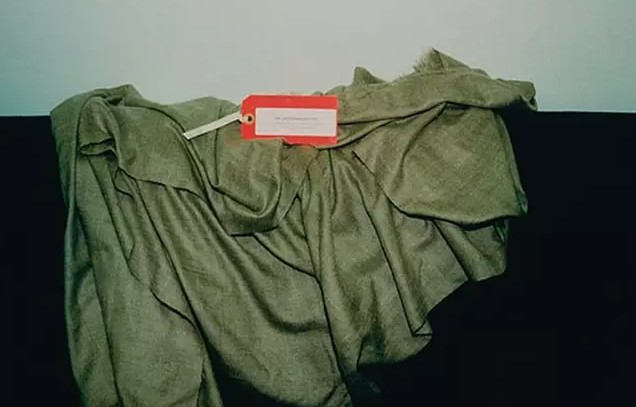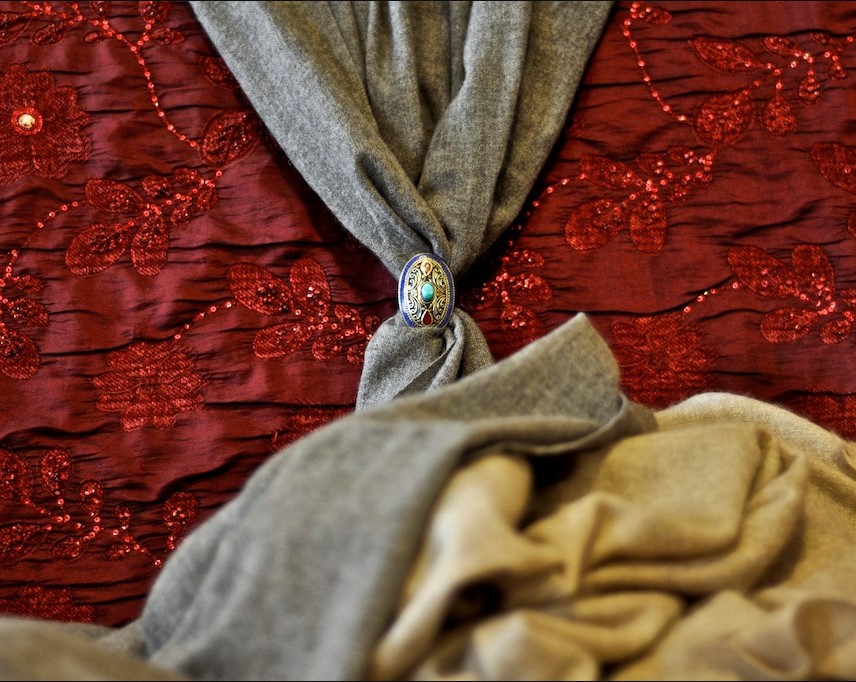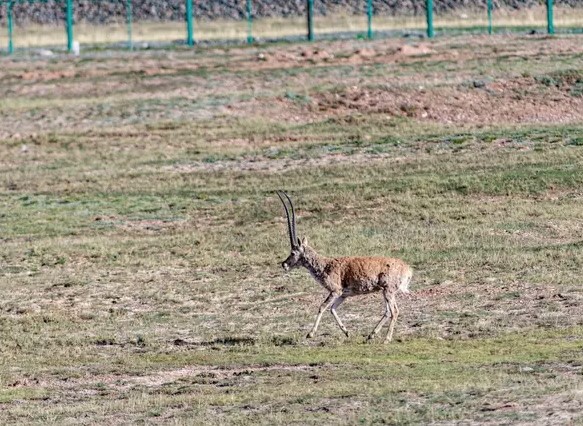
In the realm of luxury textiles, there exists a fabric that surpasses the exquisiteness of cashmere and silk. However, despite its extravagant appeal, the catch is that purchasing, selling, or even owning this fabric automatically labels you as a criminal.
A source told Elle Decor: "It’s the forbidden fruit of fabrics. It weighs nothing and vicuña [another luxury fabric made from South American vicuña camelids] is like sandpaper by comparison."

Shahtoosh, a fabric made from the delicate hair of the chiru, an endangered Tibetan antelope, has become the object of great desire due to its rarity and unparalleled super soft texture.
However, the allure of shahtoosh is accompanied by ethical concerns, as the chiru population faces the threat of extinction. The demand for this rare fabric has led to strict regulations and a ban on its production, sale, and possession in many countries.

The mystique surrounding shahtoosh highlights the delicate balance between luxury and conservation, making it a subject of fascination and controversy in the fashion world.
People were drawn to pashminas because of their exotic name and provenance, but soon after, the term was used to refer to anything that kept your neck warm.
A "pashmina" could be purchased for incredibly low costs from street sellers and gift stores at the Hare Krishna temple by the time the craze peaked.

Similar to authentic pashmina, shahtoosh originates from the Himalayas; however, rather than goat hair, it is crafted from the underfur of the chiru, a native antelope species found in Tibet.
Sadly, the chiru needs to be killed to obtain the wool. This resulted in the animal's 1970s classification as endangered and a prohibition of its hunting.
The heightened rarity and desirability of shahtoosh due to its illegal status led to an underground market where poachers would sell the shawls at exorbitant prices, reaching as high as $15,000.
These luxurious shahtoosh shawls were audaciously presented for sale in prestigious high-end stores and even advertised in magazines until as late as 1998.

Governments worldwide are prioritizing conservation efforts to protect endangered species, such as shahtoosh, by implementing strict regulations and enforcement measures to curb the trade and protect the chiru habitat, reflecting a growing global commitment to wildlife conservation.
Owning a shahtoosh or purposefully bringing this fabric into the US is now prohibited.
A group of well-known ladies, including supermodel Christie Brinkley, were reportedly served subpoenas in 2001 for allegedly possessing shahtoosh.




